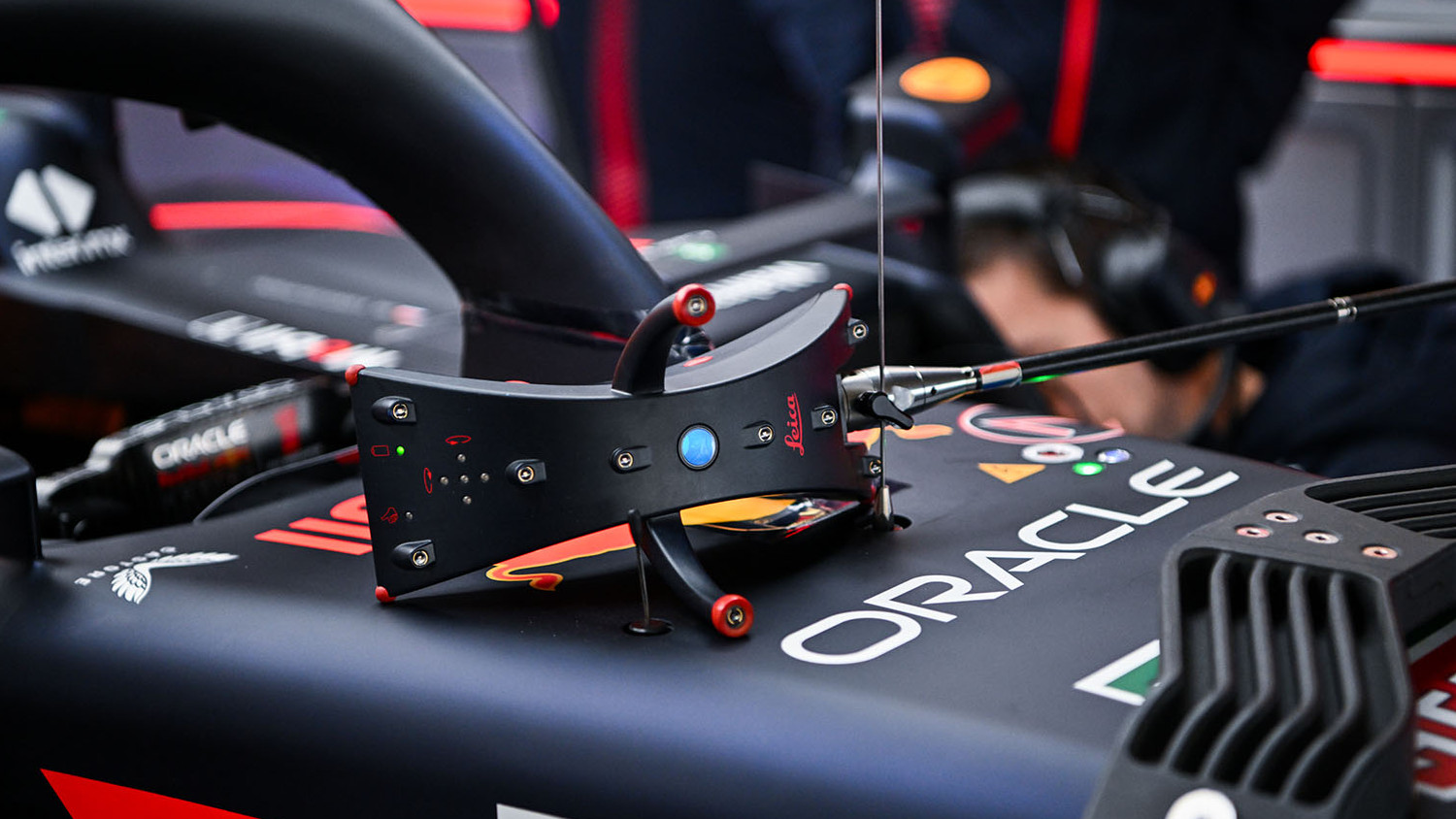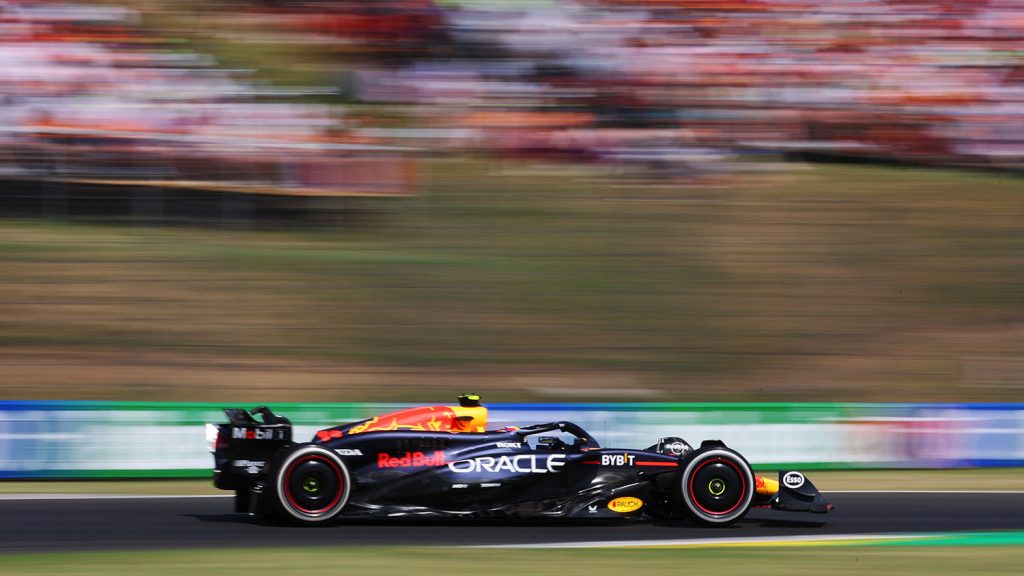In the two-way relationship between Hexagon MI and Red Bull Racing, Hexagon provides the technology and Red Bull puts it through some pretty fierce paces. Emilie Eisenberg hears how this team effort is paying off for both partners
Red Bull Racing’s RB19 car can boast the highest percentage of wins in any Formula 1 season. With a win rate in the 2023 season of over 95%, Red Bull is showing good pace in the current 2024 season. At least some of its success can be attributed to Red Bull Racing’s partnership with Hexagon Manufacturing Intelligence (MI). This sees Red Bull using Hexagon’s 3D scanners, laser trackers, portable measuring arms and coordinate measuring machines (CMMs) to help build, edit and test cars to exacting tolerances.
As Hexagon’s sole innovation partner, Red Bull Racing acts as its guinea pig, testing state-of-the-art 3D scanning technology at the Red Bull Technology Campus in Milton Keynes, UK. The partnership works to both sides’ advantage.
Hexagon provides novel new technology to Red Bull, which finds ways to use the technology to its full advantage, both when building cars and in real time on the sidelines of Grand Prix races. In return, Hexagon gets to take home new learnings about how Red Bull engineers use its technology.
“For us, it is useful to see our technology being used at the very pinnacle of the industry,” says Ignazio Dentici, vice president of global automotive and e-mobility at Hexagon. “Hexagon’s customers know that our technology is suitable for the highest possible end of the industry, and so it will be able to fulfil what they are requiring.”
The obstacles involved in manufacturing cars suitable for motorsport – short development cycles, reduced design, prototyping and manufacturing costs – are similar to those faced during the manufacture of road cars, making Red Bull an ideal test subject for Hexagon’s technology.

Making changes
Red Bull makes over 20,000 design changes to each car over the course of a season, and every change must be measured, checked and verified to ensure that it is compliant with both the original measurements and with the FIA’s regulations.
Hexagon’s technology is beneficial for completing full scans of a car before and after these changes are made, in order to remain within regulations. Since introducing Hexagon’s technology to the design change process, Red Bull claims it has experienced 50% fewer faults in its cars.
Red Bull was the first Formula 1 team to use Hexagon’s technology in the pit lane during races, starting with the Leica Absolute Tracker AT960 back in 2012.
Paul Monaghan, chief engineer of car engineering at Red Bull, recalls the experience: “We were able to measure things we’d never measured before. We were able to see where things were on the car which we couldn’t before. And then we realised how much more accurate it was than other technologies.”
Hexagon products are now used by almost all Formula 1 teams. “Did we change Formula 1 a little? Perhaps,” Monaghan says. “I suspect, given our time with Hexagon kit, we may be a little bit better [than other teams].”

Twin challenge
The digital twin model – referred to at Hexagon as a ‘digital reality’ – is especially beneficial for Red Bull. Before Formula 1 introduced a budget cap of $135 million per team in 2021, the wealthiest teams were spending upwards of $400 million per season on their cars. Now that there is no bottomless fund to spend on prototype vehicles, using a digital twin to test the car in as many scenarios as possible is essential.
Instead of making multiple prototypes, Red Bull makes one and replicates it with multiple digital realities, which can be tested in a virtual wind tunnel. Tests can be run simultaneously, allowing for a higher number of tests within the tight time frame of each season, and for a significantly lower cost.
The FIA is anticipated to make significant changes to sustainability rules in Formula 1 racing within the next few years. By 2026, the cars will lean less on fuel and more on power units, and Red Bull is anticipating the change already. Its Red Bull Powertrains subsidiary has been manufacturing engines in collaboration with Honda since 2021 and is now working to develop a power unit that will comply with new regulations, and will be completely designed and manufactured in-house, an industry first.
Jonathan Crankshaw, supply chain director of Red Bull Powertrains, says “With new regulations come new opportunities. By 2026, our first in-house designed, built and operated power unit will be on track. We’re trusting in Hexagon to help us on that journey.”
For the two companies, extending the collaboration into the manufacturing of powertrains is anticipated to bring yet more success for both sides. As the automotive industry moves increasingly towards sustainable solutions, Red Bull and Hexagon are utilising the best of the best to show manufacturers how it can be done.
This article first appeared in DEVELOP3D Magazine
DEVELOP3D is a publication dedicated to product design + development, from concept to manufacture and the technologies behind it all.
To receive the physical publication or digital issue free, as well as exclusive news and offers, subscribe to DEVELOP3D Magazine here






